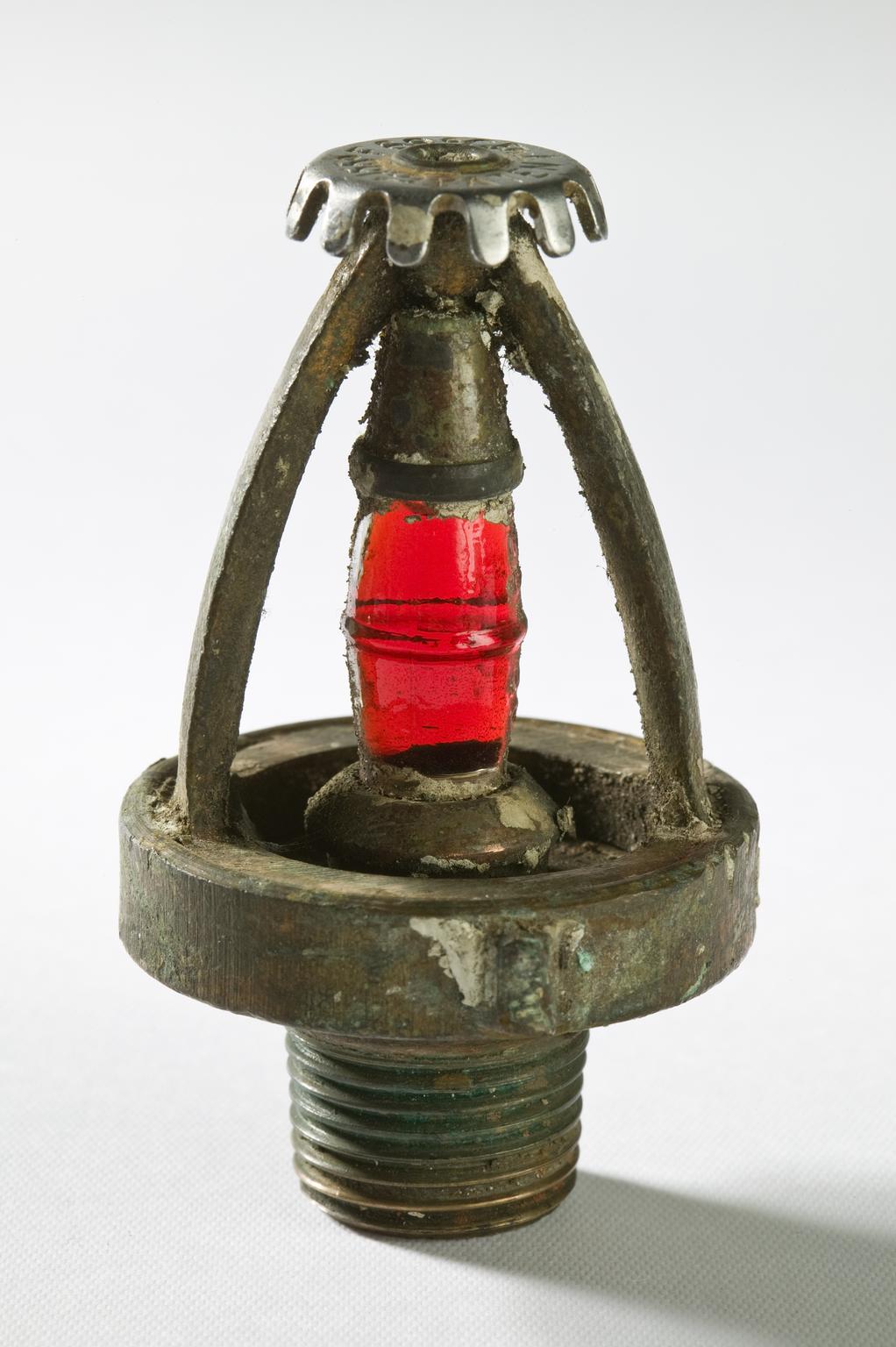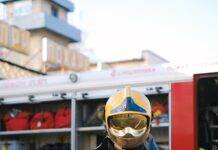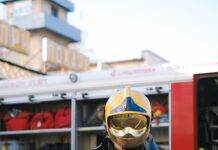
Fire Sprinkler System: Enhancing Fire Safety in Buildings
Introduction
Fire incidents can have devastating consequences for buildings and their occupants. The importance of fire safety in commercial and residential structures cannot be overstated. One of the most effective measures to combat fire outbreaks is the installation of a reliable fire sprinkler system. In this article, we will explore the functionality, significance, and maintenance of fire sprinkler systems, as well as the advancements in this vital fire safety technology.
Understanding Fire Sprinkler Systems
What are Fire Sprinkler Systems?
Fire sprinkler systems are active fire protection measures designed to suppress or extinguish fires in the early stages of their development. These systems consist of a network of pipes, sprinkler heads, valves, and other components strategically installed throughout a building.
Types of Fire Sprinkler Systems
Wet Pipe Sprinkler Systems
The most common type of fire sprinkler system, wet pipe systems, are constantly filled with water and immediately release it when a sprinkler head detects a fire.
Dry Pipe Sprinkler Systems
Dry pipe systems store pressurized air or nitrogen in the pipes, which releases before water when a sprinkler head is activated. These systems are suitable for areas prone to freezing temperatures.
Pre-Action Sprinkler Systems
Pre-action systems require two triggers to activate the sprinklers: a fire detection system and the sprinkler head’s activation. This type is commonly used in places where water damage must be minimized, such as data centers.
Deluge Sprinkler Systems
Deluge systems do not have individual sprinkler head activation. When a fire is detected, all sprinkler heads release water simultaneously, suitable for high-hazard areas like chemical storage facilities.
How Fire Sprinkler Systems Work
Fire sprinkler systems operate on a straightforward principle – they respond to heat. When a fire starts, the air temperature around the affected area rises, triggering the sprinkler head’s fusible element.
Activation Mechanism
Each sprinkler head is equipped with a glass bulb or a metal element containing a heat-sensitive liquid. The liquid expands as the temperature rises, eventually shattering the glass bulb or releasing the element, allowing water to flow through the sprinkler head.
Water Distribution
The activated sprinkler head sprays pressurized water directly onto the fire’s source, effectively controlling or extinguishing it. The distribution pattern ensures that the water is focused on the fire’s origin, minimizing water damage to surrounding areas.
Localized Fire Control
Fire sprinkler systems provide a localized response, containing the fire until the arrival of firefighters. This early intervention significantly reduces property damage and protects lives.
The Importance of Fire Sprinkler Systems
Fire Protection for Life Safety
The primary goal of fire sprinkler systems is to protect human life. By suppressing fires at their inception, these systems provide valuable time for occupants to evacuate safely.
Safeguarding Property and Assets
Beyond protecting lives, fire sprinkler systems also safeguard property and valuable assets. The quick response of these systems can prevent extensive damage to buildings and their contents.
Reducing Insurance Premiums
Insurance companies recognize the effectiveness of fire sprinkler systems in minimizing fire-related losses. As a result, buildings equipped with these systems often receive lower insurance premiums.
Compliance with Building Codes
Many jurisdictions require the installation of fire sprinkler systems in commercial and residential structures to meet building safety codes and regulations.
Advantages and Disadvantages of Fire Sprinkler Systems
Advantages
- Rapid Response: Fire sprinkler systems react swiftly, addressing fires in their early stages.
- 24/7 Protection: These systems are always on standby, providing round-the-clock protection.
- Cost-Effective: The potential cost savings from fire damage outweigh the installation and maintenance expenses.
Disadvantages
- Water Damage Risk: Accidental activations or malfunctions can lead to water damage.
- Maintenance Requirements: Regular maintenance is necessary to ensure the system’s proper functioning.
Fire Sprinkler System Maintenance
Regular Inspections
Routine inspections by certified professionals are crucial to identify and address any issues with the fire sprinkler system promptly.
Maintenance Procedures
Maintenance tasks may include cleaning, repairing or replacing damaged components, checking water pressure, and testing the system’s functionality.
Addressing Common Issues
Common issues like pipe corrosion, leaks, or clogged sprinkler heads must be addressed to maintain system reliability.
Fire Sprinkler System Installation
Planning and Design
A successful fire sprinkler system installation begins with careful planning and adherence to building codes and fire protection standards.
Installation Process
Experienced contractors install the system, positioning sprinkler heads strategically for optimal coverage.
Fire Sprinkler Innovations and Future Trends
Advanced Detection Systems
Integrating advanced detection technologies with fire sprinkler systems enhances their responsiveness and accuracy.
Integration with Smart Buildings
Fire sprinkler systems are evolving to integrate with smart building management systems, allowing centralized control and real-time monitoring.
Frequently Asked Questions (FAQs)
- Are fire sprinkler systems required by law? Yes, in many regions, fire sprinkler systems are mandatory for certain building types and occupancies.
- Can a fire sprinkler system be installed in an existing building? Yes, fire sprinkler systems can be retrofitted into existing buildings to improve fire safety.
- How often should fire sprinkler systems be inspected? Fire sprinkler systems should be inspected annually by qualified professionals.
- Will a false alarm activate the fire sprinkler system? Fire sprinkler systems are designed to respond to heat, not smoke, reducing the risk of false activations due to smoke detectors.
- Can fire sprinkler systems be linked to a central monitoring station? Yes, fire sprinkler systems can be connected to a central monitoring station, which allows for immediate response and alerts in case of fire.
Conclusion
Fire sprinkler systems play a critical role in enhancing fire safety in buildings. They are proactive measures that can suppress or extinguish fires before they escalate, protecting lives and property. The effectiveness of fire sprinkler systems lies in their rapid response and localized action, which minimizes damage while providing valuable time for occupants to evacuate. Not only do these systems comply with building codes and regulations, but they also result in reduced insurance premiums for building owners.
As technology advances, fire sprinkler systems continue to improve with the integration of smart building technologies and advanced detection systems. These innovations increase the efficiency and accuracy of fire suppression, making them even more reliable in safeguarding buildings and their occupants.
Fire sprinkler systems have proven to be a worthwhile investment, providing a cost-effective solution for fire protection in both commercial and residential settings. Regular maintenance and inspections are essential to ensure these systems function optimally.
By taking advantage of the latest advancements and adhering to best practices in installation and maintenance, buildings can significantly enhance their fire safety and contribute to safer communities.
























